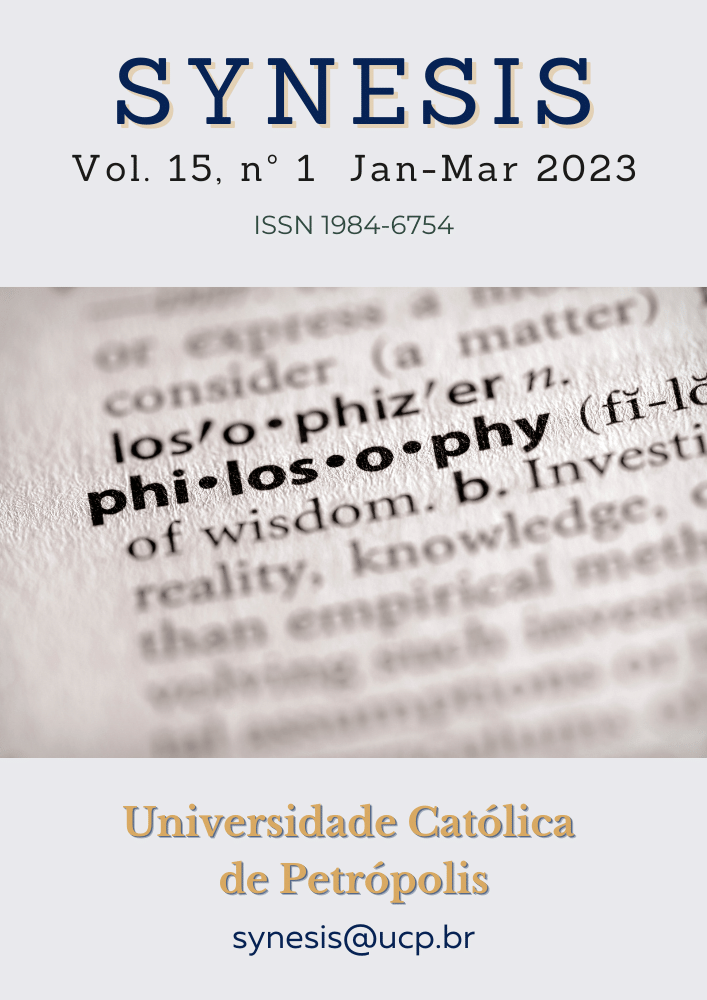Resumo
A adolescência é marcada por rápidas mudanças físicas, emocionais, sociais e cognitivas. Eles enfrentam desafios emocionais na comunicação, autocontrole, resolução de conflitos ou resolução de problemas. Portanto, os alunos do ensino médio precisam ser consultados e apoiados tanto no ambiente de aprendizagem quanto no cotidiano. O estudo foi realizado com o objetivo de identificar a demanda de consulta escolar e os fatores que afetam a demanda de consulta de alunos do ensino médio no delta do rio Mekong. O estudo transversal foi realizado com 450 alunos participantes na província de Dong Thap. Os resultados mostram que os fatores de medição da escala relacionados à demanda de consulta escolar têm alta confiabilidade (alfa de Cronbach > 0,6). saúde mental de 3,80/5, educação em habilidades para a vida de 3,73/5, método de aprendizagem de 3,5/5, relacionamento com amigos de 3,46/5, relacionamento com professores de 3,31/5 e relacionamento com a família de 3,25/5. Por meio da análise de regressão multivariada, os fatores que afetam a demanda de consulta de alunos do ensino médio em ordem decrescente de porcentagem de contribuição ao modelo são atividades de orientação profissional (42,09%), emoções psicológicas (23,37%), relacionamento com amigos (13,11%), relacionamentos com professores (11,18%) e educação de habilidades para a vida (10,25%).
Referências
Akram, M. (2021). Need Assessment Counseling for School Adolescent Students. . Education, Sustainability & Society, 4(1), 28-32.
Aziz A, Sumangala V. (2015). Counseling needs of higher secondary school students of kerala: an exploration into the teacher perception. J Res Method Edu, 5(3), 25-28.
Cook, C. R., Coco, S., Zhang, Y., Duong, M. T., Renshaw, T. L., Long, A. C., & Frank, S. (2018). Cultivating positive teacher–student relationships: Preliminary evaluation of the establish–maintain–restore method. School Psychology Review, 47(3), 226-243.
de Anda, D., Franke, T. M., & Becerra, R. M. . (2009). Latino parents’ and adolescents’ perceptions of needs and issues of adolescents in their community. Child and Adolescent Social Work Journal, 26, 415-430.
Gerbing, D. W. & Anderson, J. C. (1988). Updated Paradigm for Scale Development Incorporating Unidimensionality and Its Assessment. Journal of Marketing Research, 25, 186-192.
Hair Jr., J. F. et al. (1998). Multivariate Data Analysis with Readings. Englewood Cliffs, NJ: Prentice-Hall.
Hoang Trong, Chu Nguyen Mong Ngoc. (2008). Data Analysis using SPSS. Hanoi, Vietnam: Hong Duc.
Hughes, J. N., Wu, J., Kwok, O., Villarreal, V., & Johnson, A. Y. (2012). Indirect effects of child reports of teacher-student relationship on achievement. Journal of Education Psychology, 104(2), 350-365.
Lendrum A, Humphrey N. . (2012). The importance of studying the implementation of interventions in school settings. Oxford Review of Education, 38, 635-652.
Luna-Adame M, Carrasco-Gimenez TJ, Rueda-Garcia Mdel M. (2013). Evaluation of the effectiveness of a smoking prevention program based on the 'Life Skills Training' approach. Health Educ Res, 28, 673-682.
M., J. (2014). Children with mental disorders: Making sense of their needs and the systems that help them. National Health Policy Forum, 799, 2-24.
M., S. (2010). Psychological well-being and self-esteem in Slovak adolescent.
Mai, B. T. X (2006). Current status of consultation demand of students - recommendations and solutions. Proceedings of the workshop: Building and developing a consultation network in schools, Hanoi, 2006.
McGivern RF, Andersen J, Byrd D, Mutter KL, Reilly J. (2002). Cognitive efficiency on a match to sample task decreases at the onset of puberty in children. Brain Cognition, 73-89.
Reinhold Müller, P.B. (1994). A critical discussion of intraclass correlation . Statistics in Medicine, 13(23-24), 2465 - 2476.
Riney SS, Bullock LM. (2012). Teachers' perspectives on student problematic behavior and social skills. Emotional Behavioral Difficulties, 17(2), 195-211.
Roseth, C. J., Johnson, D. W., & Johnson, R. T. (2008). Promoting early adolescents’ achieve ment and peer relationships: The effects of cooperative, competitive, and individualistic goal structures. Psychological Bulletin, 134, 223-246.
Smith EA, Swisher JD, Vicary JR, Bechtel LJ. . (2004). Evaluation of life skills training and infused-life skills training in a rural setting: Outcomes at two years. Journal of Alcohol and Drug Education., 48, 51-70.
Tabachnick B.G. and Fidell L.S. . (2001). Using Multivariable statistics. Boston.
Uzunboylu, H., & Özmen, S. (2021). Research orientations related to guidance and counselling programmes: A content analysis study. Anales de Psicología / Annals of Psychology, 37(1), 88-100.
Wills, T. (2021). Adolescent Health and Health Behaviors. International Encyclopedia of the Social & Behavioral Sciences, 105-112.

Este trabalho está licenciado sob uma licença Creative Commons Attribution-NonCommercial-NoDerivatives 4.0 International License.
Copyright (c) 2023 Synesis (ISSN 1984-6754)

